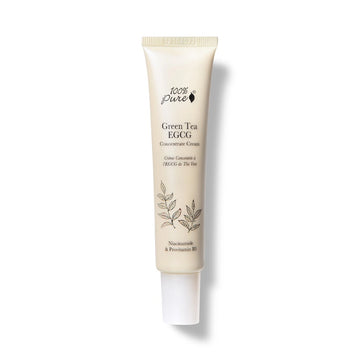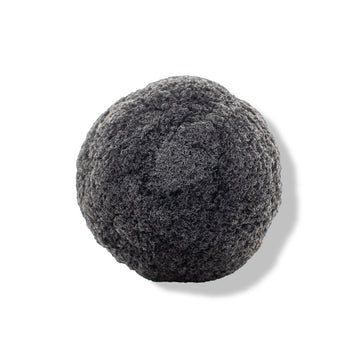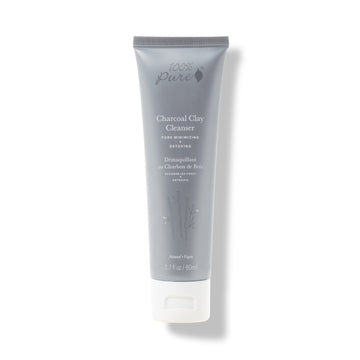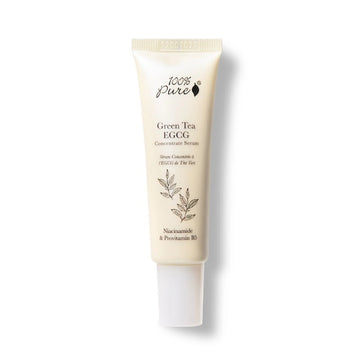How to use our bamboo activated charcoal duo for softer, cleaner skin
Updated on December 18, 2024 Written by: 100% PURE®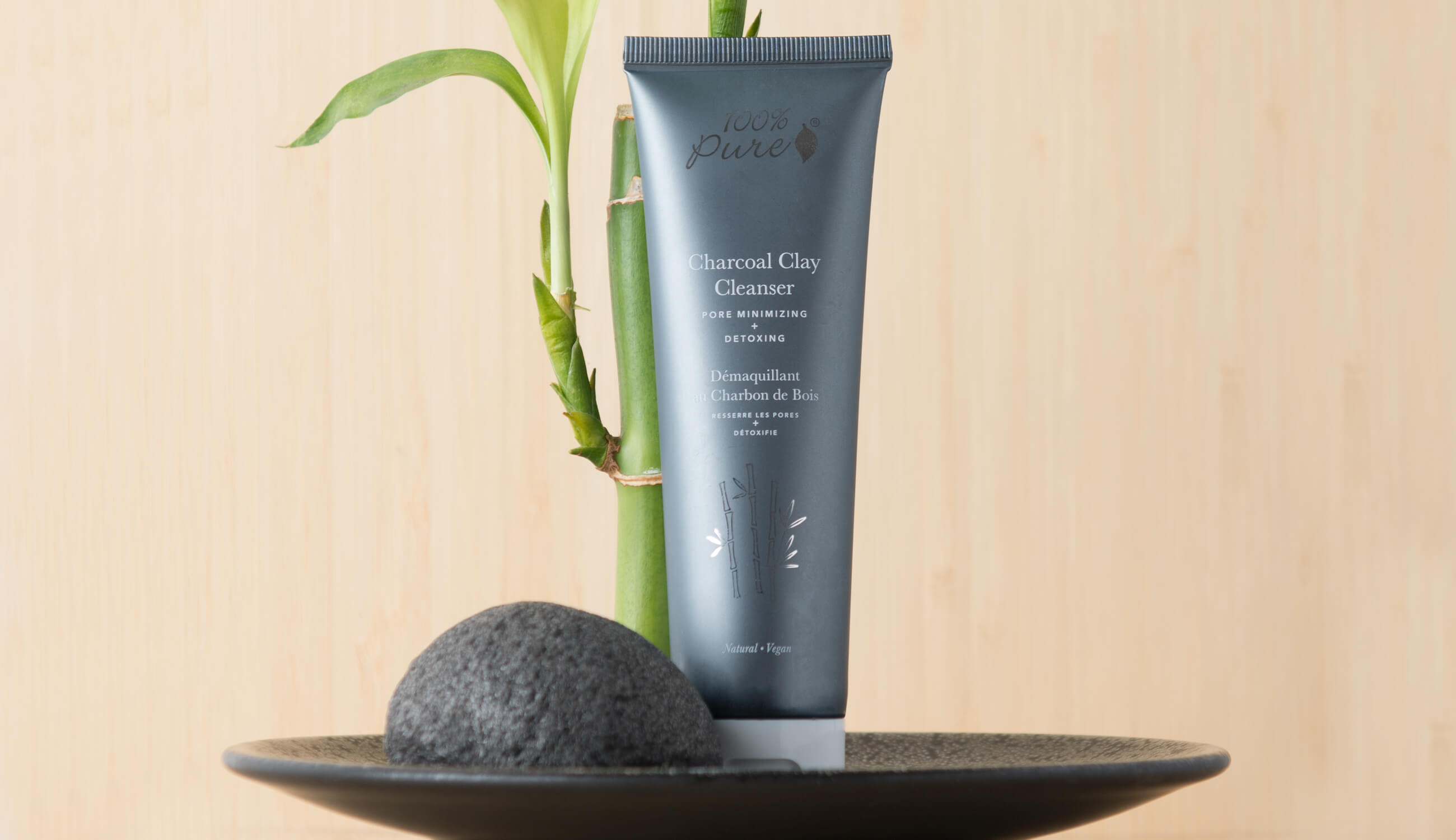
Every day, we are exposed to the elements. As wonderful as it is to ride your bike along the street, or go for a walk around the neighborhood, you are exposing yourself to pollution that can be aging to the skin. Activated charcoal, the same compound that helps to purify water, is helpful for removing the toxins that build up on our skin throughout the day. It is incredibly porous and binds toxins that would otherwise remain on the skin. Once called the “universal remedy” due to its ability to help in food poisoning, it is now one of our favorite beauty cabinet ingredients.
The Egyptians were using activated charcoal to soothe digestive issues as early as 1500 B.C. They also used activated charcoal for writing on papyrus, and absorbing odors. In 1811, when French Chemist Michel Bertrand ingested charcoal along with a high dose poison and lived to tell the tale, the medical community’s interest in activated charcoal was piqued. Ever since then, it has been a first aid remedy for food poisoning and other types of poisoning. We don’t recommend experimenting like Bertrand, but do endorse the tremendous toxin absorbing benefits that activated charcoal has to offer.
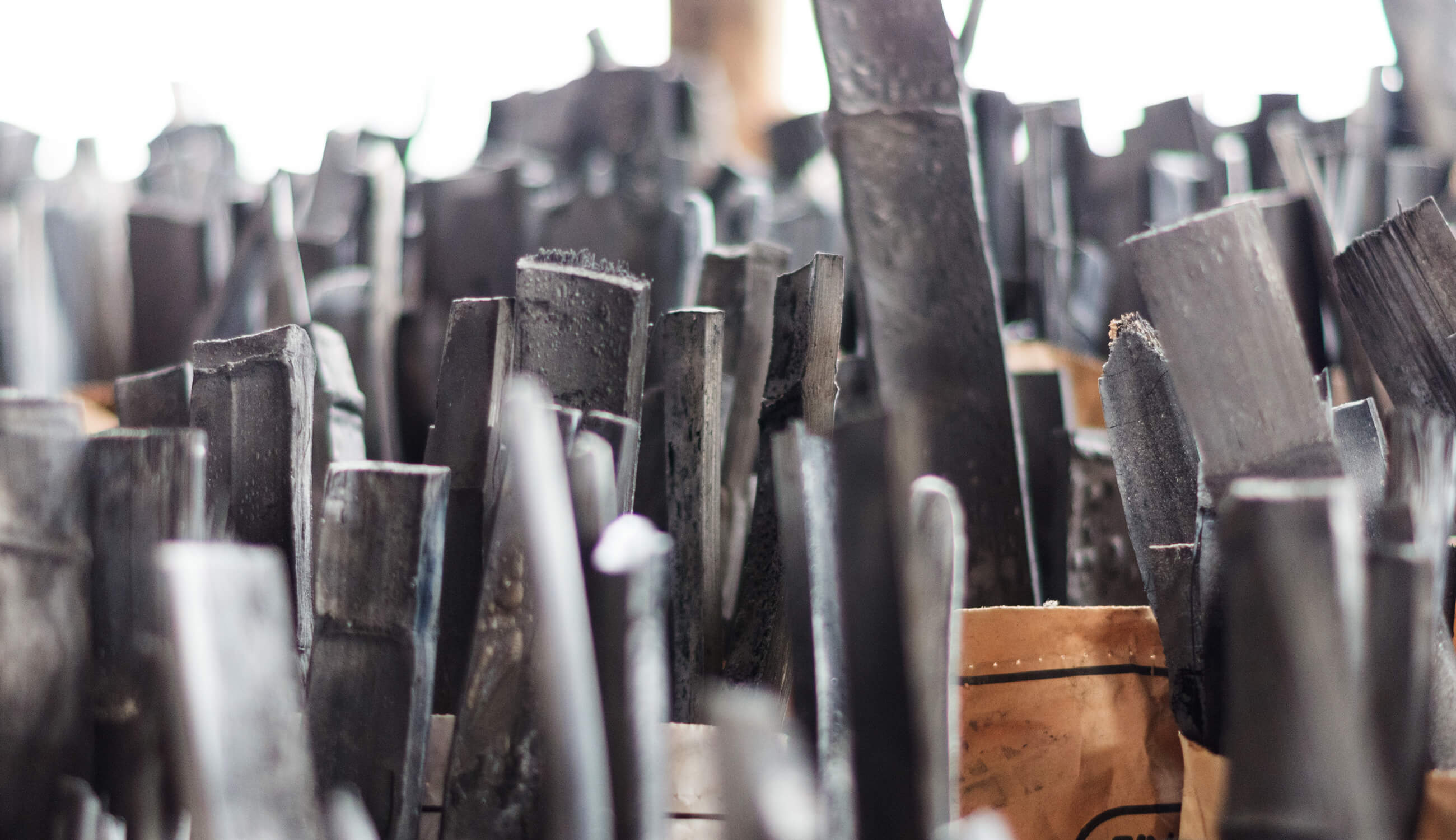
Activated charcoal, or activated carbon, is made from carbon rich substances like peat, coconut shells, wood, or sustainable bamboo. The material is first carbonized and purified, becoming a crude form of graphite by exposure to heat without oxygen. It is then purified, powdered, and activated until it is a fine, porous, black powder. The simplest activation process involves exposing the material to steam, under high temperatures. This creates a variety of different sized pores within the material.
The variety of pore sizes can vary from visible cracks and crevices to a molecular porosity. This range of pores gives activated carbon a large surface area, giving it the ability to absorb a variety of compounds. Imagine this: three grams of activated carbon have roughly the same surface area as a football field! Activated carbon can even absorb toxins that are thousands of times its own weight. This same ability to bind toxins through weak intermolecular forces also provides the ability to remove the impurities that clog pores, and contribute to acne.
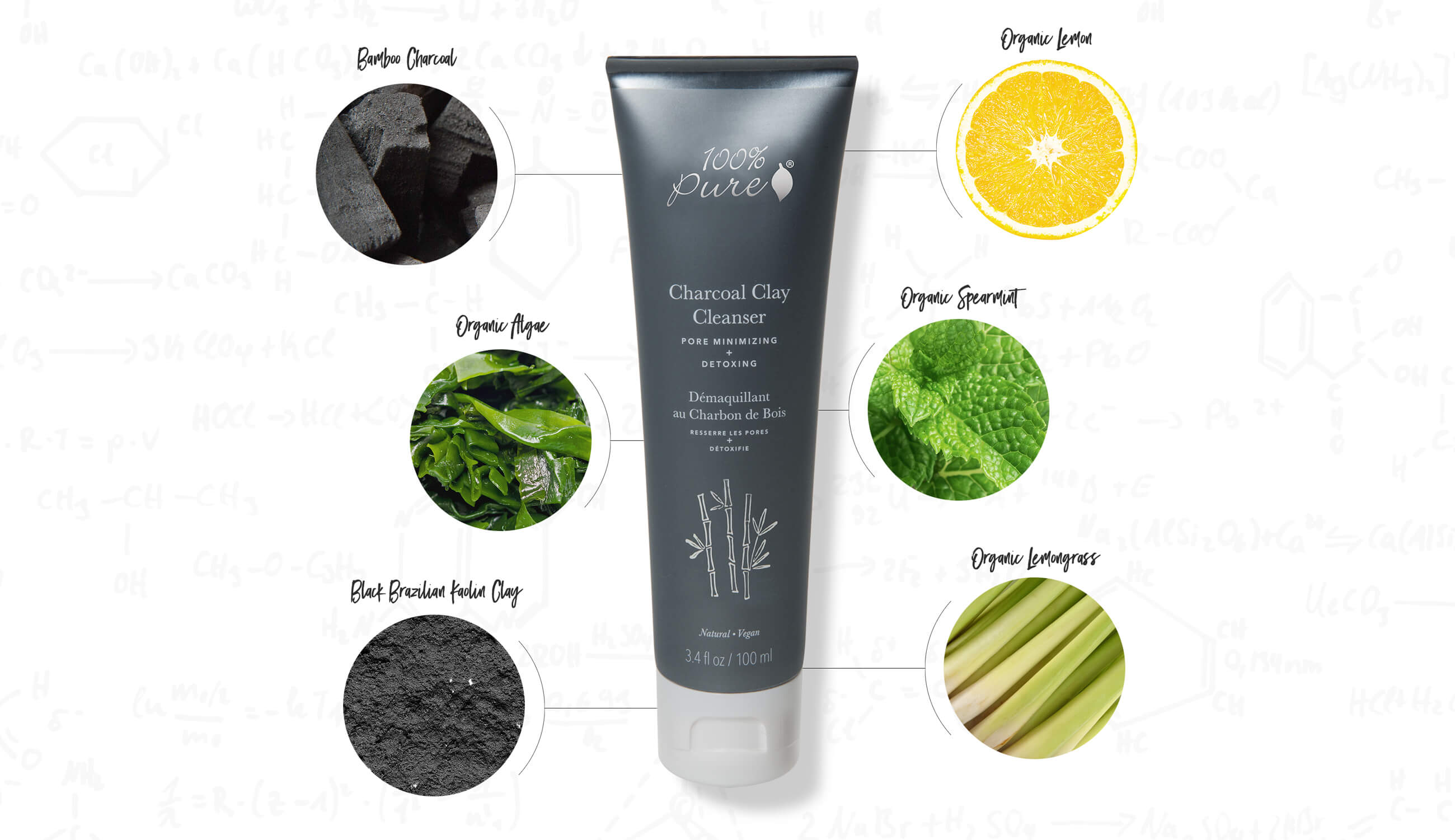
For Skin
Activated charcoal is beneficial for a variety of potent skin care uses. It can pull out the pollutants and toxins that rest on the surface of the skin, making it a superb cleansing ingredient for skin care. Activated charcoal is also an amazing tool for making pores appear smaller. By acting as a magnet for pulling dirt, oil, bacteria, and debris from your pores, charcoal can make pores appear smaller. At 100% PURE, we use sustainable bamboo charcoal, which is also a gentle natural exfoliant. And don’t worry about that jet black color -- we’ve formulated skin care that won’t stain your sink or bathtub.
For Internal Health
Used internally, charcoal is beneficial for detoxifying the body. It has also been demonstrated to reduce cholesterol levels when used under a doctor’s supervision. Be careful not to use activated charcoal powder immediately after eating or taking medications, as it can interfere with absorbing drugs and nutrients. It’s best used sparingly to occasionally detox. Often doctors and pharmacists advise using activated charcoal during a case of food poisoning, or to absorb toxins and drugs from the GI tract.
Other unique uses for activated charcoal can include whitening teeth, or using activated charcoal as a hangover remedy. In the wine industry, it can be used to decolorize or remove undesirable off-odors before bottling. Activated charcoal is safe to use and different from BBQ charcoal. BBQ charcoal is less porous, processed differently, and has additional substances that are toxic to humans. Activated charcoal powder for internal health can be purchased as a capsule, or loose at your local health foods store.
Reaping activated charcoal benefits can be a messy business. However, unlike many activated charcoal products, our Charcoal Clay Cleanser and Charcoal Konjac Sponge are mess-free and easy to use. Simply moisten the face, wet the sponge, and apply a half-dollar size amount of cleanser to the sponge. Gently massage into skin, using circular motions. This charcoal face sponge will gently exfoliate the skin, revealing more youthful layers and sloughing away complexion-dulling dead skin. It’s safe enough for even sensitive skin, and can be used twice daily.
Exfoliating also promotes faster cellular turnover, so that the skin looks more vibrant and youthful. Built up dead skin cells can clog pores and contribute to breakouts. We recommend using the Charcoal Konjac Sponge every time you wash your face, rehydrating it with water for each use. It is gentle enough that it can be used twice a day. This soft sponge is suitable for even the most sensitive skin types. For the most effective anti-pollution combo, follow the Charcoal Clay Cleanser with the green tea antioxidant powerhouse, Green Tea EGCG Protective Serum. Lock in hydration and renew moisture with our daily moisturizer, Green Tea EGCG Protective Cream.
The Charcoal Clay Cleanser works to purify and detoxify the skin on several levels. First, the activated charcoal acts as a carbon magnet for dirt, oil and other toxins that end up in our pores from daily environmental exposure. Once that debris is bonded with the charcoal, it can be easily washed away. Organic lemon works double duty to kill bacteria and balance oil production. Algae extract moisturizes and nourishes the skin. Together, all of these ingredients make for a purifying formula that won’t strip your skin.
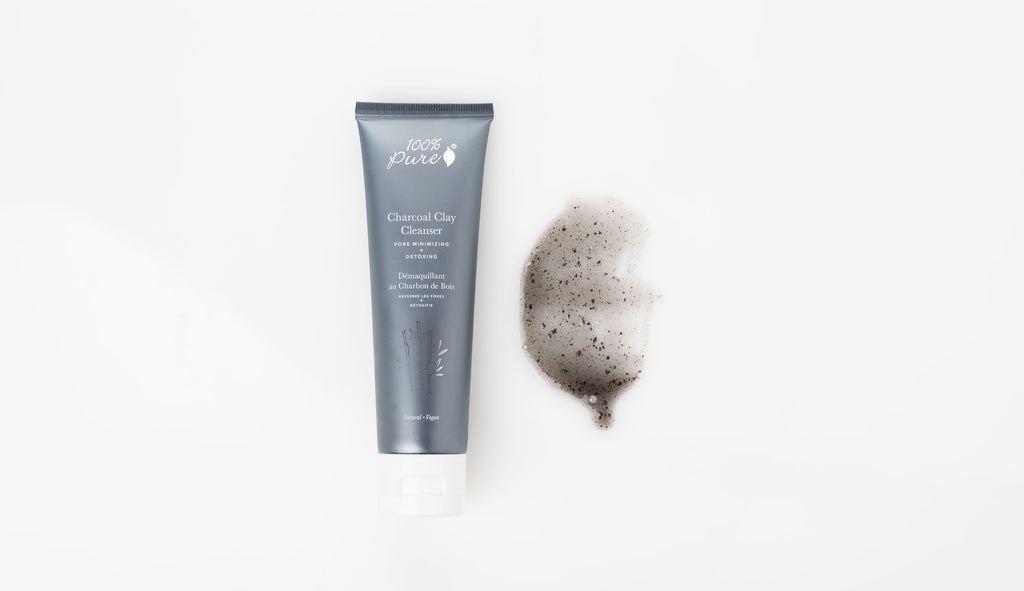
How else can you add charcoal power to your skin care routine? If you've got really oily skin or have been exposed to a high amount of environmental toxins (like poor air quality), it's good to double-up on your charcoal dose. Before you use your Charcoal Clay Cleanser, start with a quick DIY charcoal mask to draw deep-set impurities from your pores. Our go-to DIY charcoal mask recipe for oily skin features kaolin clay, oats, and activated charcoal (they use it as a cleanser, but we leave it on for 10 minutes like a mask). If you need a charcoal mask recipes for acne-prone skin, try one made with purifying essential oils like tea tree, or one made in a base of charcoal and apple cider vinegar. Rinse your mask with warm water, then follow with the Charcoal Clay Cleanser. Make sure to hydrate and moisturize with a balancing moisturizer for oily skin!
We’re loving the numerous benefits of this natural wonder! For skin care, it hasn’t let us down yet, and continues to impress with its deeply cleansing and detoxifying power. Tap into this ancient remedy’s long list of benefits, formulated in all natural, 100% PURE skin care.
Additional Benefits of Activated Charcoal: Environmental Defense and Skin Barrier Support
Activated charcoal isn’t just about detoxifying and cleansing the skin—it’s also a fantastic ally for defending against environmental stressors and supporting the skin's natural barrier. Modern lifestyles often expose us to pollutants like smog, dirt, and toxins that settle on the skin's surface, leading to dullness and potential damage over time. Activated charcoal acts as a shield, drawing out these harmful particles before they can penetrate the skin and cause harm.
One of the lesser-known benefits of activated charcoal is its ability to strengthen the skin barrier. By removing impurities, it allows the skin to better absorb nourishing ingredients from other products in your skincare routine. A healthier skin barrier means better moisture retention, improved resilience against irritants, and overall more balanced, vibrant skin.
Tips for Maximizing Activated Charcoal Benefits:
- Use activated charcoal products consistently to maintain a clean, refreshed complexion, but avoid overuse to prevent dryness.
- Pair charcoal-based treatments with hydrating products to restore and maintain your skin’s natural moisture levels.
- Incorporate a broad-spectrum sunscreen to protect your freshly cleansed skin from UV damage.
FAQs About Activated Charcoal in Skincare
1. Can activated charcoal be used on sensitive skin?
Yes, activated charcoal is generally safe for sensitive skin. However, it's essential to use it in moderation and choose products with gentle formulations. Patch-testing a small area before applying to the entire face can help ensure your skin reacts well.
2. How often should I use activated charcoal on my skin?
For most skin types, using activated charcoal-based products 2-3 times a week is sufficient. Overuse may lead to dryness or irritation, particularly for those with dry or sensitive skin. Adjust the frequency based on your skin's tolerance and needs.
3. Does activated charcoal help with acne?
Yes, activated charcoal can be beneficial for acne-prone skin. Its ability to absorb excess oil, dirt, and bacteria from the pores helps prevent breakouts and reduce existing blemishes. Pair it with other acne-fighting ingredients, like tea tree oil or salicylic acid, for enhanced results.
4. Can I combine activated charcoal with other skincare ingredients?
Absolutely. Activated charcoal works well with ingredients that hydrate and soothe the skin, such as aloe vera, hyaluronic acid, or green tea extract. However, avoid combining it with strong exfoliants or potent actives like retinol in the same routine, as this may irritate the skin.
5. Does activated charcoal lighten skin or reduce pigmentation?
While activated charcoal is excellent for detoxifying and clarifying the skin, it doesn’t directly lighten skin or reduce pigmentation. However, by thoroughly cleansing the pores and removing impurities, it can help improve the overall brightness and clarity of your complexion, making dark spots less noticeable over time.
- Tags: December-2024, Skin Care
We carefully hand-select products based on strict purity standards, and only recommend products we feel meet this criteria. 100% PURE™ may earn a small commission for products purchased through affiliate links.
The information in this article is for educational use, and not intended to substitute professional medical advice, diagnosis, or treatment and should not be used as such.












